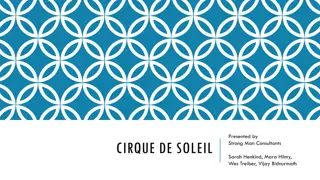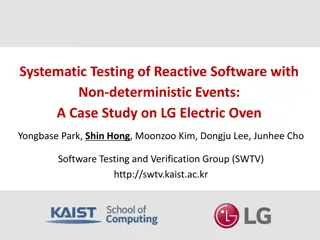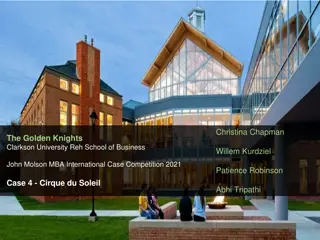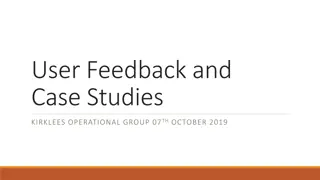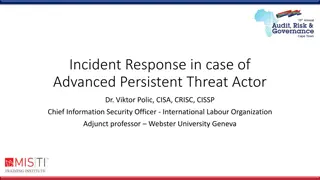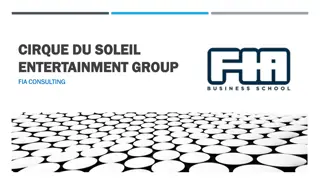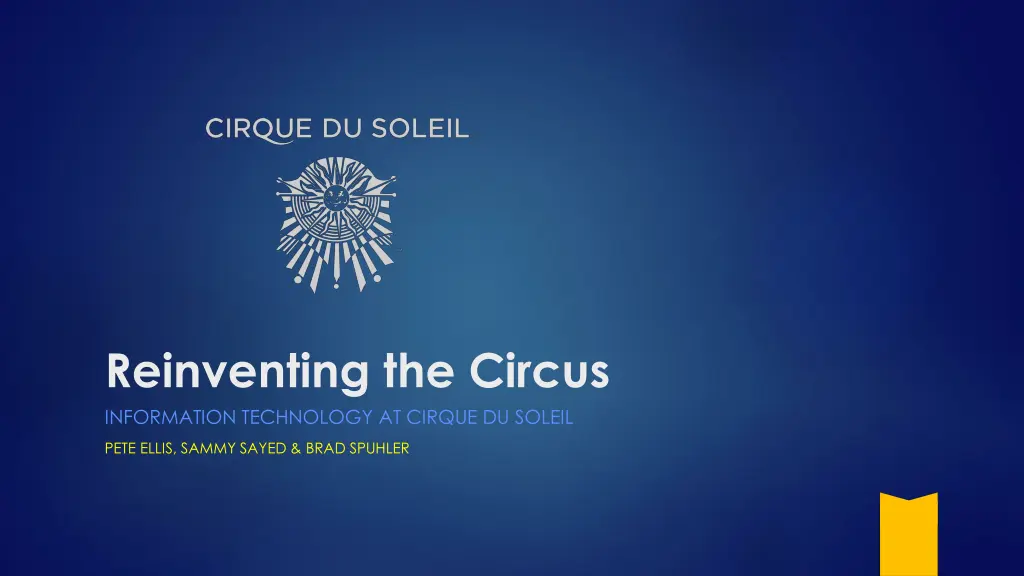
Cirque du Soleil: IT Integration and Innovation
Explore how Cirque du Soleil leverages information technology to blend operational excellence and product leadership, delivering a unique customer experience through global connectivity, talent management, and innovative show design, all supported by the Cirque Memory IT foundation.
Download Presentation

Please find below an Image/Link to download the presentation.
The content on the website is provided AS IS for your information and personal use only. It may not be sold, licensed, or shared on other websites without obtaining consent from the author. If you encounter any issues during the download, it is possible that the publisher has removed the file from their server.
You are allowed to download the files provided on this website for personal or commercial use, subject to the condition that they are used lawfully. All files are the property of their respective owners.
The content on the website is provided AS IS for your information and personal use only. It may not be sold, licensed, or shared on other websites without obtaining consent from the author.
E N D
Presentation Transcript
Reinventing the Circus INFORMATION TECHNOLOGY AT CIRQUE DU SOLEIL PETE ELLIS, SAMMY SAYED & BRAD SPUHLER
IT at Cirque du Soleil: Business Philosophy on Integration with IT Complimentary blend of operational excellence and product leadership Customer Value Position Profit Model High price visual experience Access to unparalleled sensory experience Willing to pay more for a unique experience Leisure oriented Operational excellence: Variable pricing based on level of intimacy with the experience (quality of seating) IT enables greater collaboration and support among associates, automation to manual processes and simplification to the procurement and management of assets globally Critical Processes Critical Resources IT integration/simplification Cirque du Soleil Brand Product Leadership: Talent acquisition, training and Cirque Memory IT empowers the organization to provide breakthrough theatrics, hire and train top talent, and deliver a consistently innovative experience to its customers development IT infrastructure Global process alignment Talent 2
Cirque Memory: The IT Foundation for Cirque du Soleil Serves as the central database management system for the enterprise Allows users to access information, internal tools, and applications globally Stores data on all aspects of the business from show and set design to costumes and makeup to roadshow tours to the recruitment and management of staff Ensures consistency throughout all the business processes of the touring lifecycle 3
Cirque Memory: A Connected Ecosystem Tracks, monitors and connects touring shows across the globe Stores dossier on each performer, tracking talent throughout their employment Supports associate connectivity globally to share Ideas and foster innovation Stores makeup and costume designs for all shows, including materials and inventory to support each character, artist and/scene Allowed for greater connectivity with ticket sales, generating engagement and incremental ticket sales 4
Avoiding IT-Overload at Cirque du Soleil: Ensuring Balance Across the Strategic Roles of IT Automation Empowerment Control Collaboration Streamlines ticketing process Builds rigor in asset/inventory management Reduces manual oversight of low-priority processes Access to share creative ideas through Open Eyes Thousands of stored data points used for business intelligence MediCirque allows for the quick replacement due to injury Real time data gathering and monitoring Powerful software and management systems organize all technical information Interactive website experience Disadvantages: Pre-existing setup and solution to every process prevents rampant creativity and stifles innovation across the organization Global optimization can inhibit development of localized business and technical solutions No clear measurement mechanism or metrics for success Global IT infrastructure and continued systemization requires investment in hardware and intellectual capital to support it can be costly on the organization Unclear on business ownership structure to support ongoing process rationalization and improvement Requires continuous upgrade in technology and training to maximize use of the ERP system 5

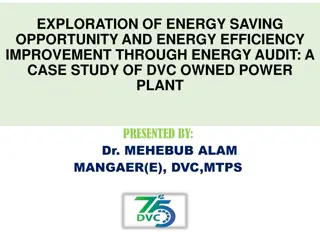
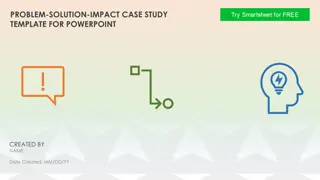
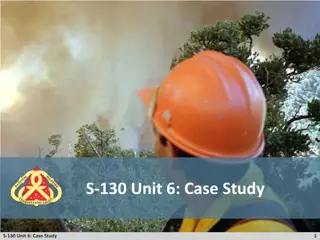

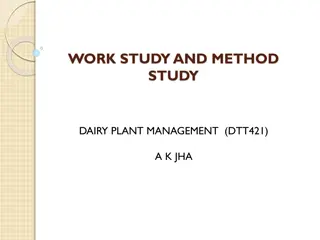
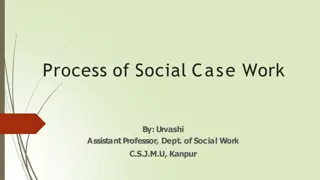

![Comprehensive Case Study on [Insert Case Title Here]](/thumb/159705/comprehensive-case-study-on-insert-case-title-here.jpg)




